#Ontario Veterans Memorial by Allan Harding MacKay
Text
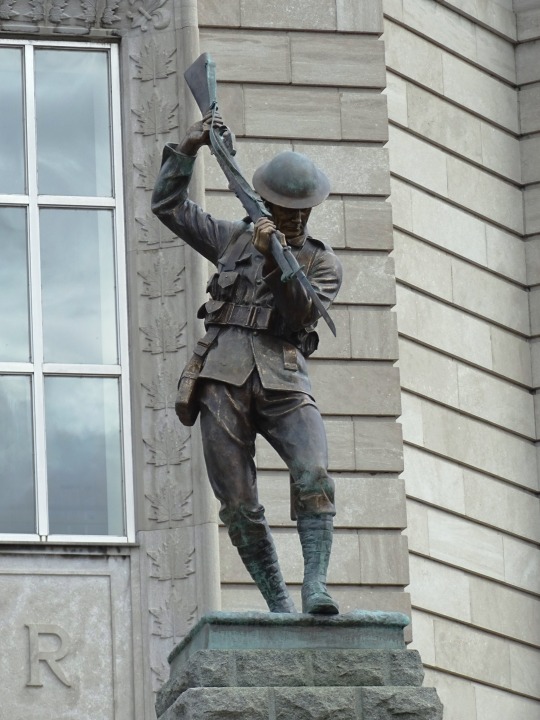
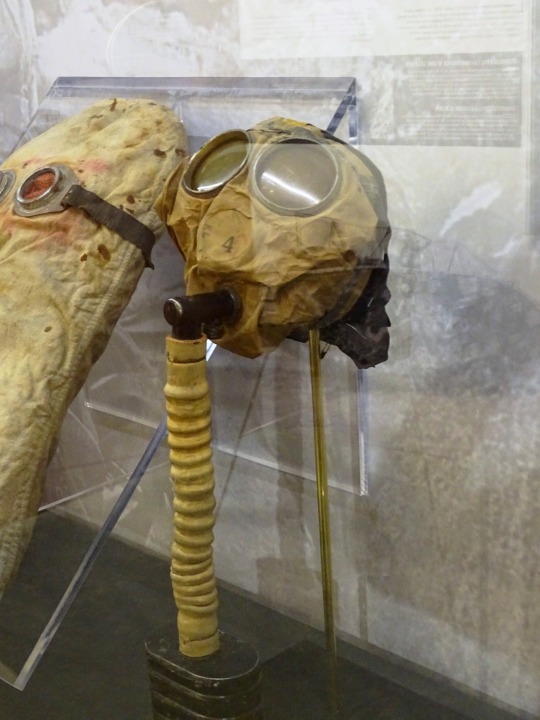
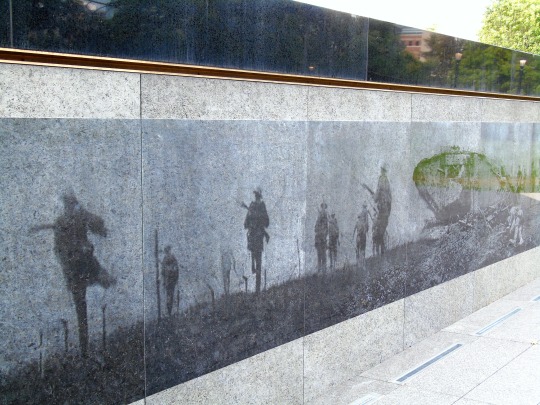
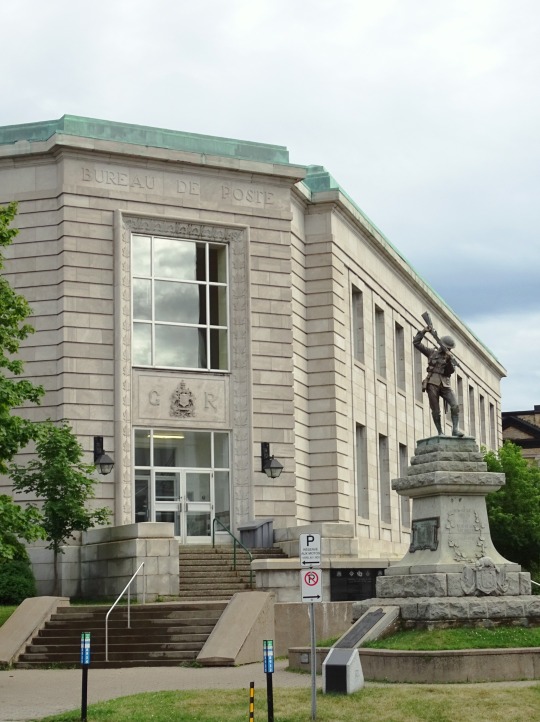
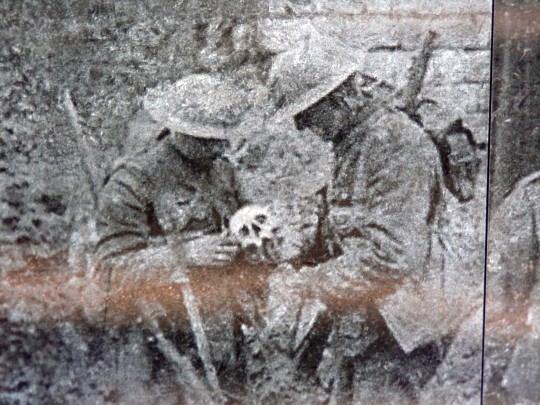
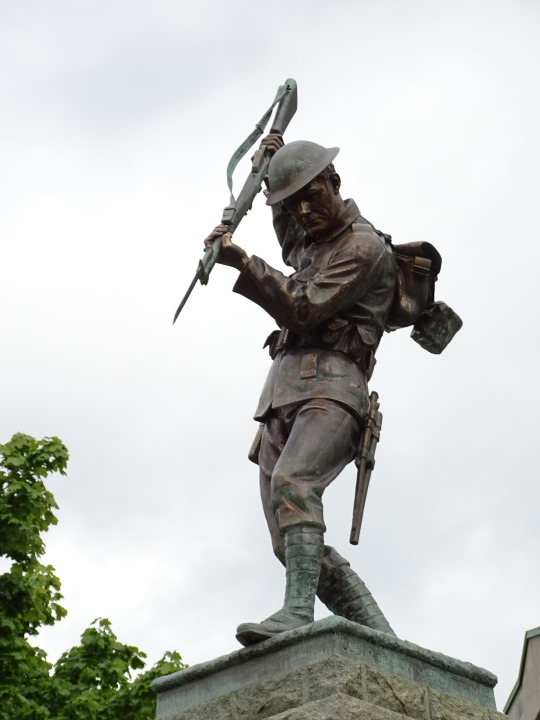

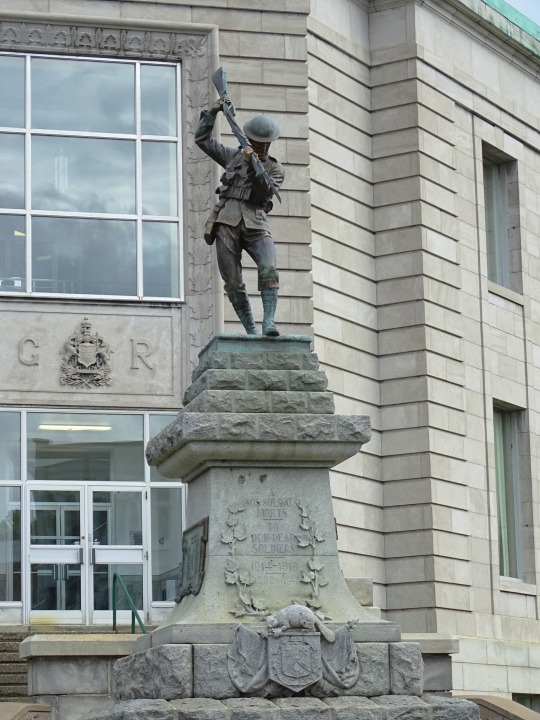
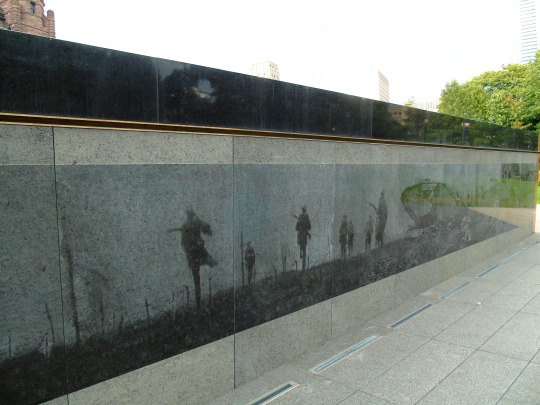

Canadian physician Cluny MacPherson first presented his gas mask invention to the British War Office on May 10, 1915.
#Citadelle of Quebec#Royal 22e Régiment Museum#Québec#Toronto#travel#2018#summer 2015#Ontario Veterans Memorial by Allan Harding MacKay#2009#Ontario#Quebec City#Cluny MacPherson#gas mask#10 May 1915#anniversary#Canadian history#WWI#World War One#World War I#public art#tourist attraction#landmark#cityscape#original photography#Monument to the Brave by Cœur-de-Lion McCarthy#Trois-Rivières#In Flanders Fields by Lieutenant-Colonel John McCrae#Munster#USA
3 notes
·
View notes
Text
Stations to receive artful make-overs
National Post 03/08/2008
The TTC is introducing art into its subway stations as part of an underground make-over that has public-art advocates cheering, even as preservationists fear the system’s visual identity is being lost.
“I think this is the best thing, this integration of art into the subway stops,” said Colette Laliberte, a professor at the Ontario College of Art and Design (OCAD). “Reinventing the subway line and incorporating art there, it’s like walking through a gallery on your way to work, it’s fantastic.”
This week, the TTC held an open house on its plans for the Pape station, the first station that will be revamped under the TTC’s $275-million station modernization program. It was launched last summer on the Bloor-Danforth line, and includes $25-million for “aesthetic changes” in the stations.
The $20.8-million Pape station revamp is anticipated to begin this fall, to be followed by the Dufferin station and then the Bloor-Yonge station, said Dave Grigg, project manager for the program.
“The intent is that basically the whole appearance needs to change,” Mr. Grigg said.
The program aims to improve finishings on the walls, floors and ceilings inside the subway stops, along with better lighting. On the outside, the focus will be on creating new station appearances and landscaping.
However, for Ms. Laliberte — who teaches a course on art in the public realm — more art on the subway line is most important. “When you think of the number of people who take the subway every day, some people are in there for hours going from Kipling to the other side of the city. So seeing the variety [of art] from one station to another is a moment of enrichment in your day to day life,” Ms. Laliberte said.
“We don’t have enough art in our life and this is bringing it to us in the subway,” she said. “It’s refreshing.”
After its renovation — set to be completed in 2010 — the Pape station will display approximately 80 digital photographs of the station by Kitchener artist Allan Harding MacKay.
Mr. MacKay said the $85,000 artwork will be displayed in a series of two-by four-foot photos, with the actual photo set alongside abstract versions.
“The images are first literal and then get made into a series where they get transformed, abstracted, swirled or highly textured. In other words, they move from being very recognizable images to more of an abstraction,” said Mr. MacKay, who also created the Veterans’ Memorial Wall at Queen’s Park.
Mr. MacKay said the works took six months to complete, and although the TTC commissioned the project, the idea behind the art was his own.
“I wanted to do something with the environment that stimulates the imagination of people, to let their own subjectivity develop meaning for them,” he said, adding he wanted passengers to view the Pape station and its surroundings through their own eyes.
The modernization program has raised some controversy with purists upset the subway line’s iconic visual identity — the system even has its own typeface — is being tampered with.
“There are a few stations that are in their original form and to renovate that you obviously lose some of that. The question is, is it significant or of value? Is that loss something that’s irreparable?” said Andrew Pruss, an architect with ERA Architects Inc.
City councillor Adam Vaughan, who is on the Toronto Preservation Board, said the TTC should take into consideration the historical value of the subway line before it tears it apart.
“The Bloor-Danforth line is a rhythm of colours that has a set pattern and it’s designed as a piece and it speaks to an era gone by,” Mr. Vaughan said.
“Before we start tampering with this and breaking it up, there’s some history there, and I think there needs to be a discussion held on how to preserve it and recognize it as heritage,” Mr. Vaughan added.
Mr. Grigg said heritage considerations ”are being reviewed,” and the TTC hopes it can renovate the stations without offending the preservationists. ”We plan to bring something on board,” he said.
Other stops to be renovated on the Bloor-Danforth line, which opened in 1966, include the Islington station, at a cost of $19.6-million, Kipling for $35.5-million and Victoria Park for $46.4-million. Construction is set to complete by 2010 and renovations on these stations will focus on restructuring, along with having easy accessibility.
Similar reconstructions along the University line, which opened in 1963, are a joint initiative between the TTC and Toronto Community Foundation.
In that initiative, St. Patrick and Osgoode stations will be renovated, each at a cost of $5-million. A date hasn’t been set as to when the construction will start.
An ongoing $5-million facelift for the Museum station will be completed on April 8.
0 notes
Photo
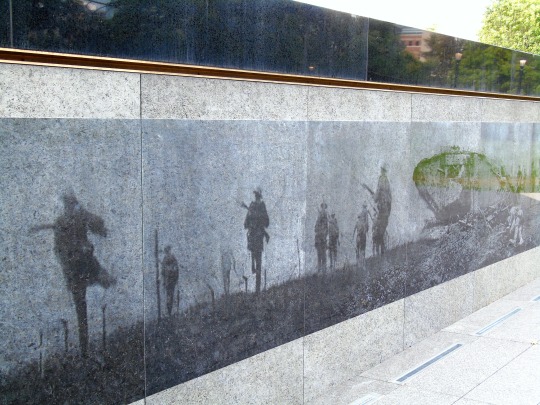



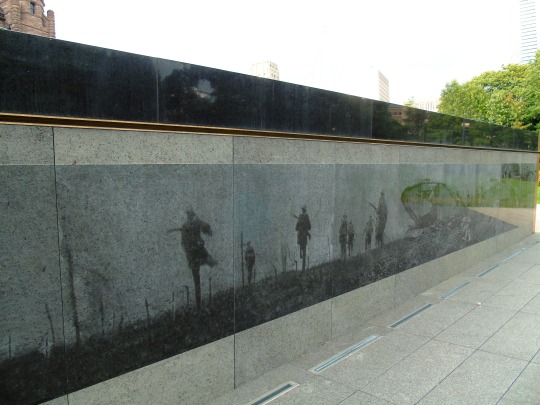


Canadian physician Cluny MacPherson first presented his gas mask invention to the British War Office on May 10, 1915.
#Citadelle of Quebec#Royal 22e Régiment Museum#Québec#Toronto#travel#2018#summer 2015#Ontario Veterans Memorial by Allan Harding MacKay#2009#Ontario#Quebec City#Cluny MacPherson#gas mask#10 May 1915#anniversary#Canadian history#WWI#World War One#World War I#public art#tourist attraction#landmark#cityscape#original photography#Monument to the Brave by Cœur-de-Lion McCarthy#Trois-Rivières
3 notes
·
View notes
Text








World War I: Tanks were used for the first time in battle, at the Battle of the Somme, on September 15, 1916.
#Allan Harding MacKay#Ontario Veterans Memorial#Toronto#Ontario#travel#Quebec City#Québec Citadelle#Québec#World War I#WWI#vacation#World War One#tanks#Battle of the Somme#15 September 1916#anniversary#history#Canada#summer 2018#2015#original photography#tourist attraction#landmark#engineering#architecture#cityscape
3 notes
·
View notes
Photo
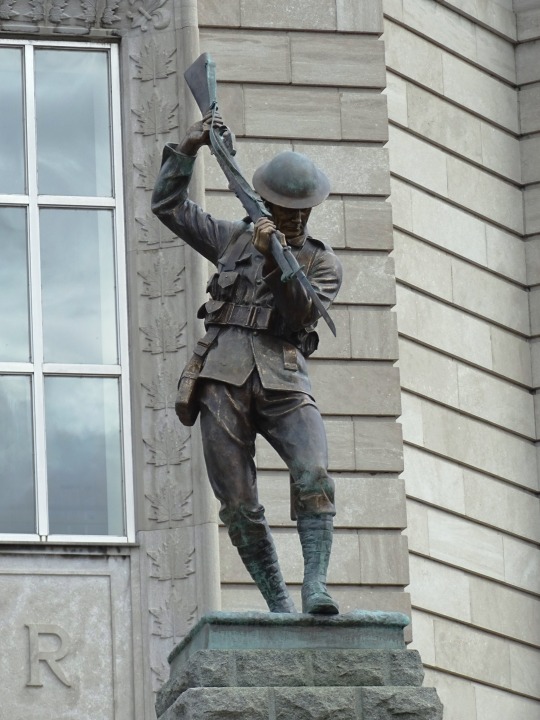
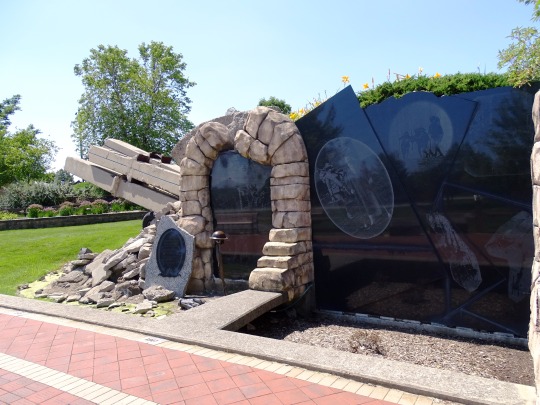

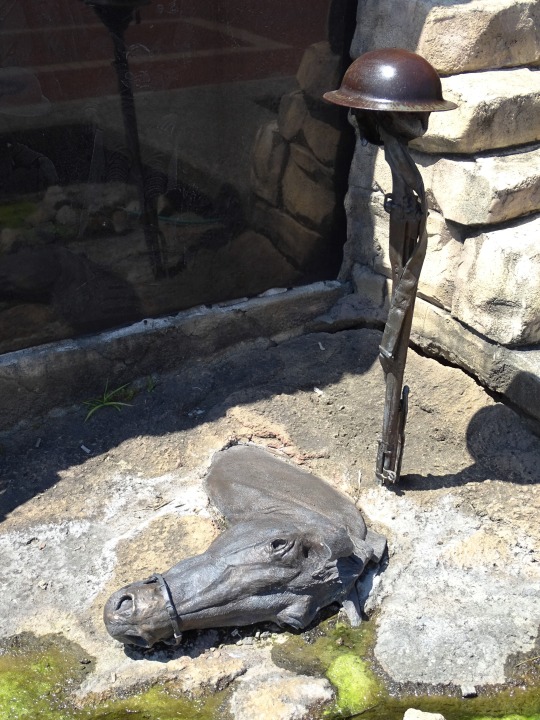

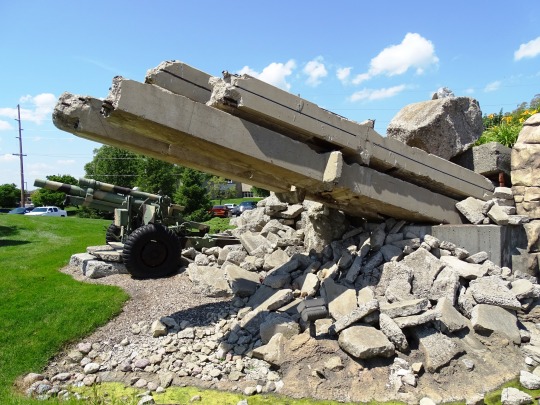
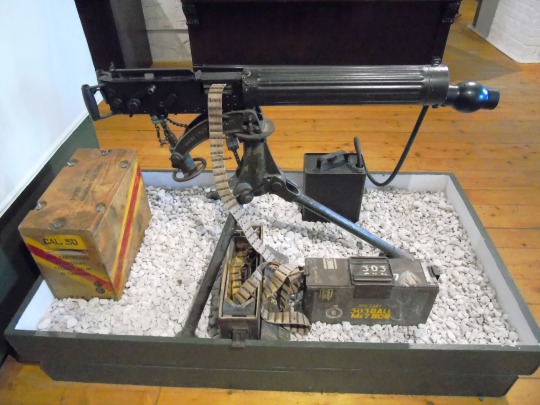

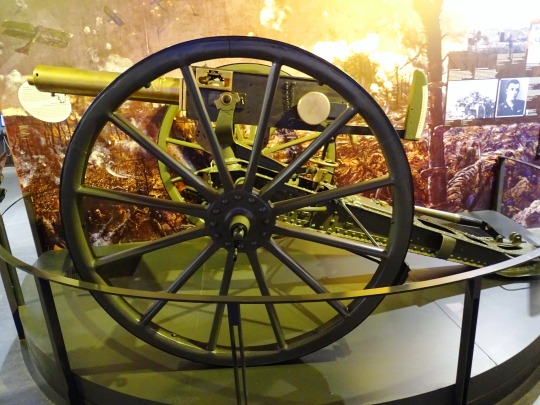
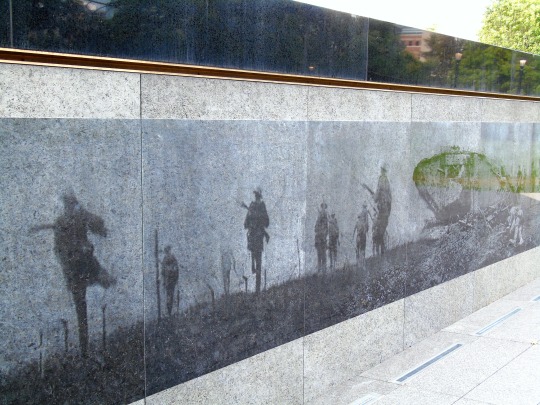
World War I: Germany signed an armistice agreement with the Allies in a railroad car in the forest of Compiègne on November 11, 1918.
#Omri Amrany#World War 1 Monument#Community Veterans Memorial#travel#Munster#Indiana#Allan Harding MacKay#Toronto#Canada#Ontario#USA#11 November 1918#anniversary#history#WWII#World War Two#vacation#Ontario Veterans Memorial#Trois-Rivières#Québec#sculpture#cityscape#Monument to the Brave by Cœur-de-Lion McCarthy#Vimy Ridge Cross#Québec Citadelle#Halifax Citadel National Historic Site of Canada#Ottawa#National War Memorial by Vernon March
68 notes
·
View notes
Text
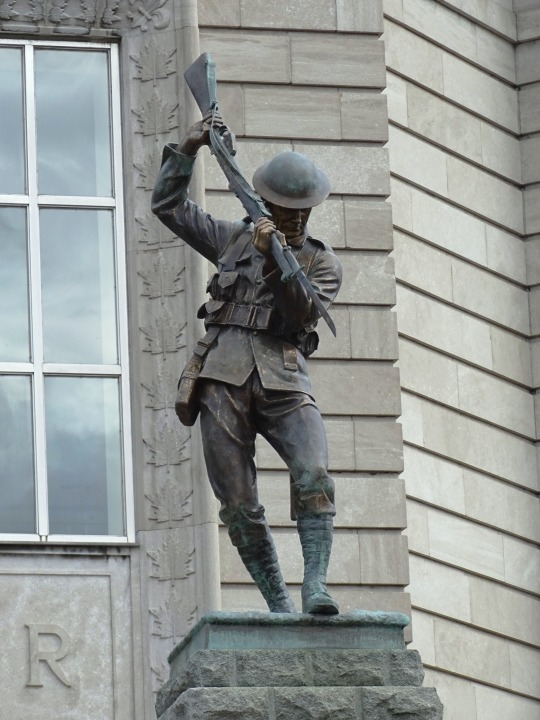
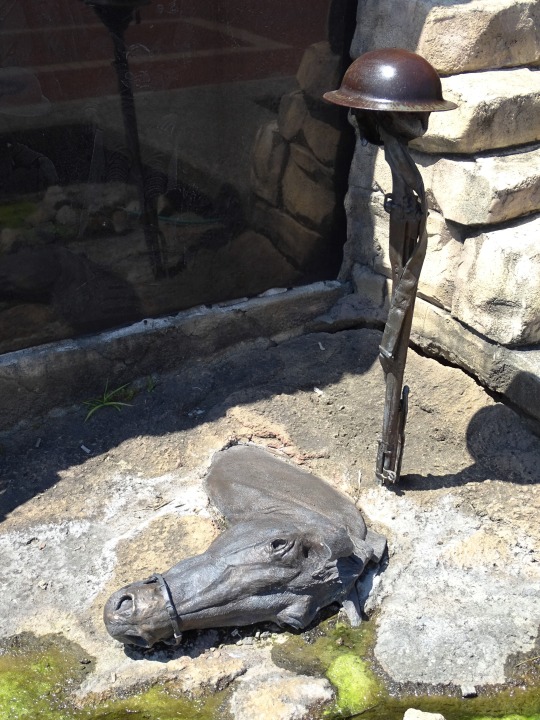



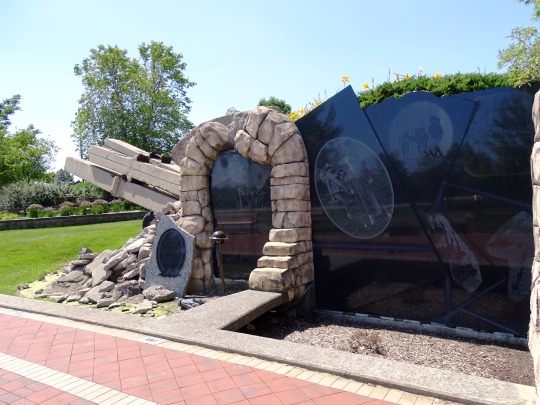

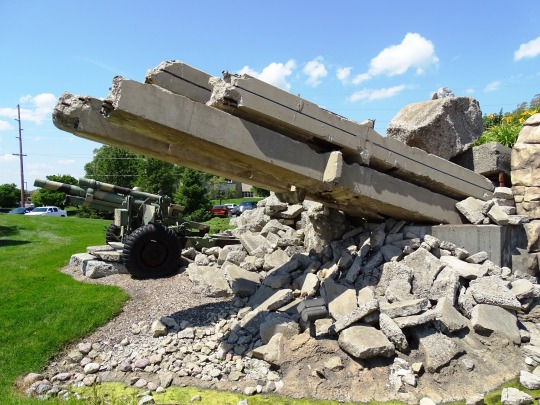
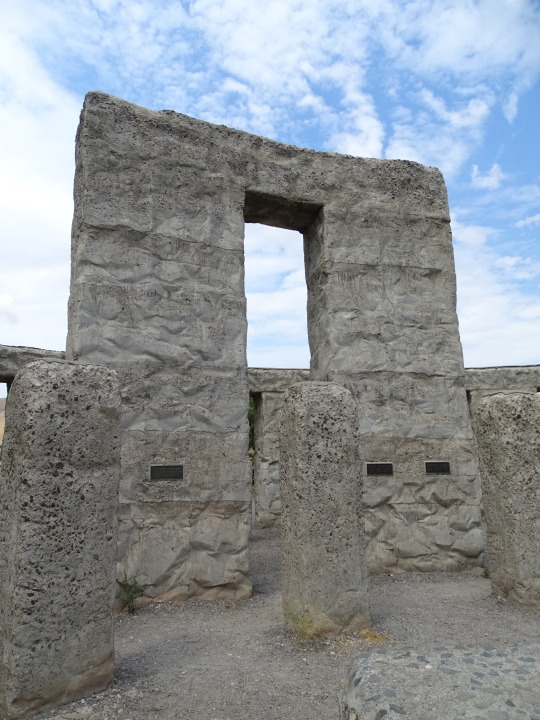
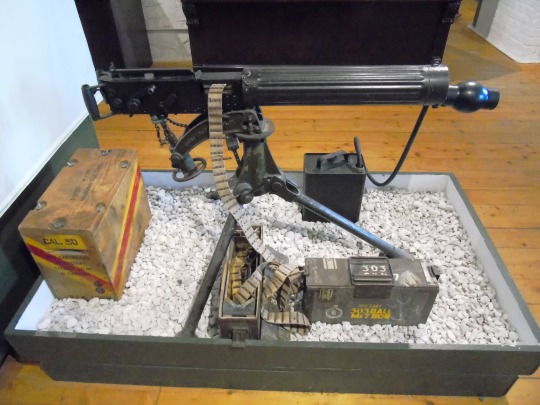
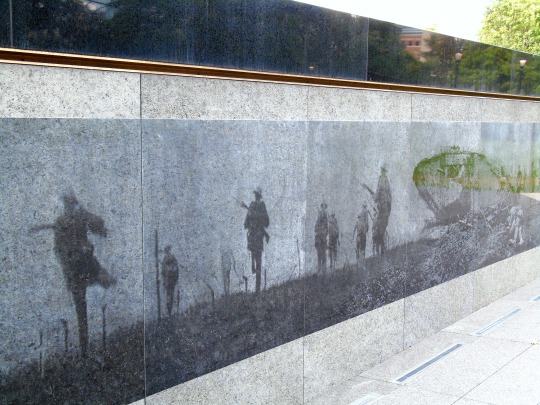
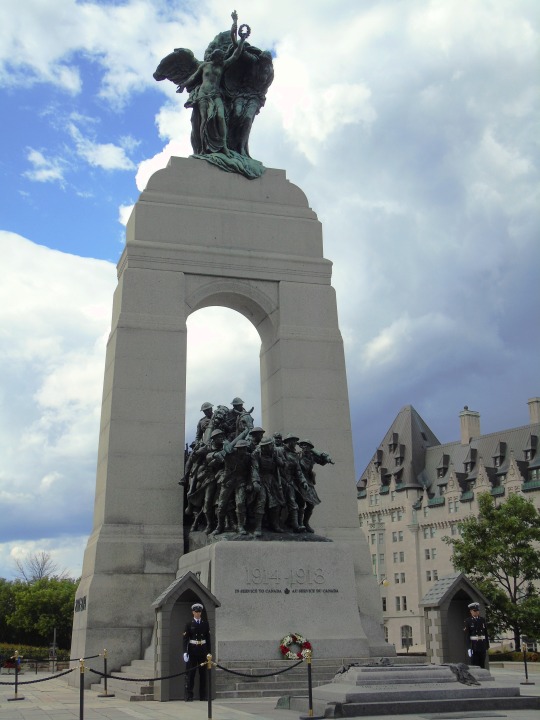
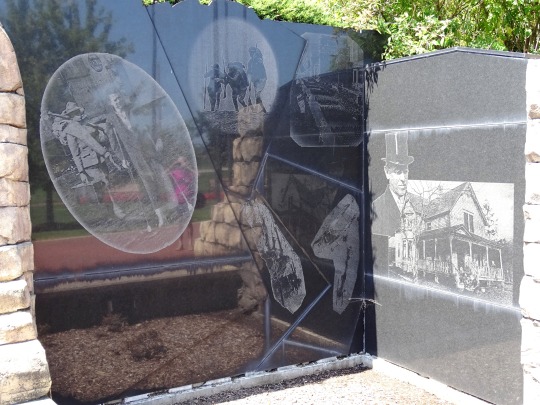

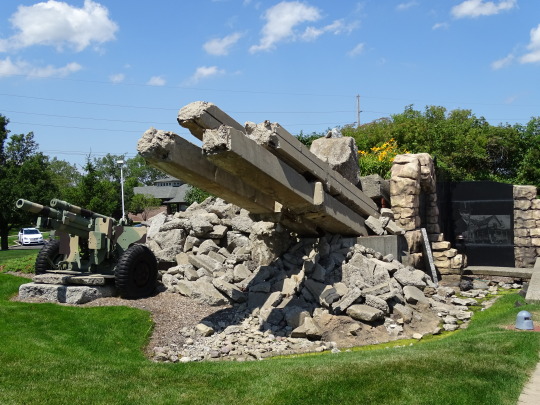
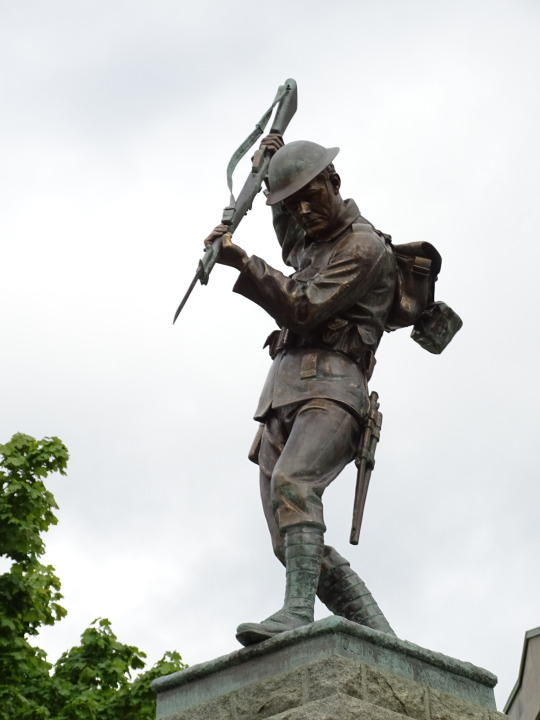
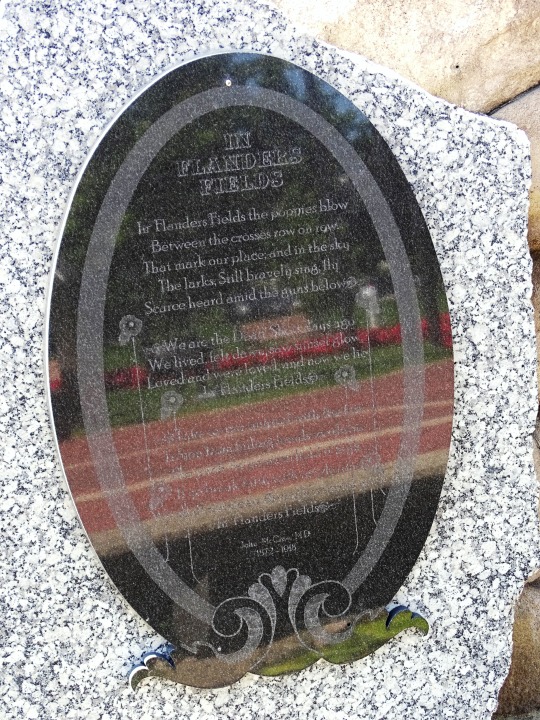
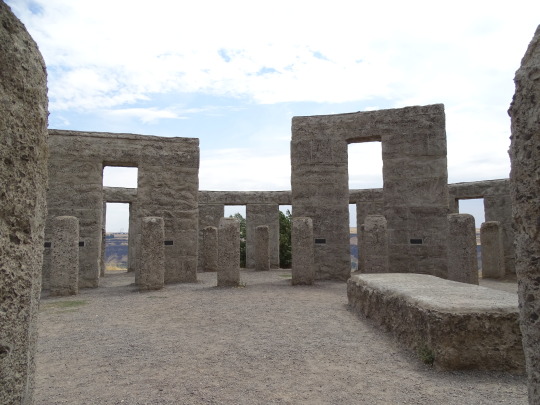
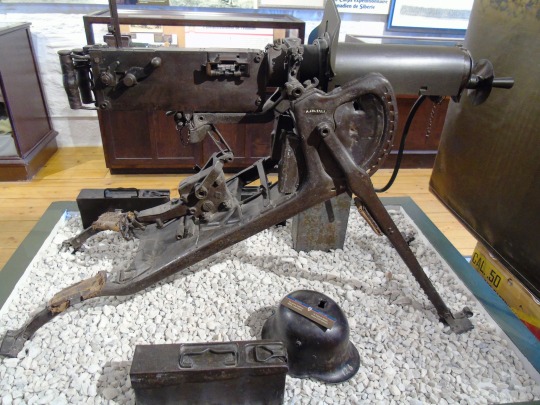
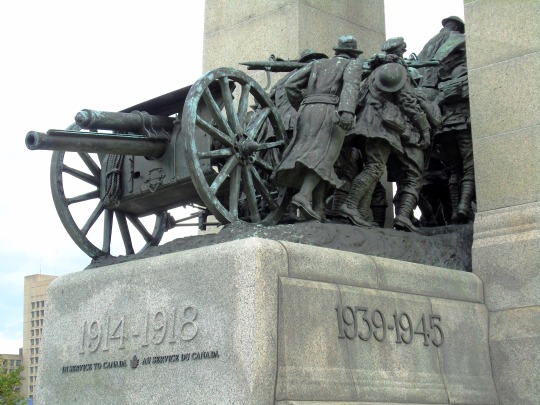
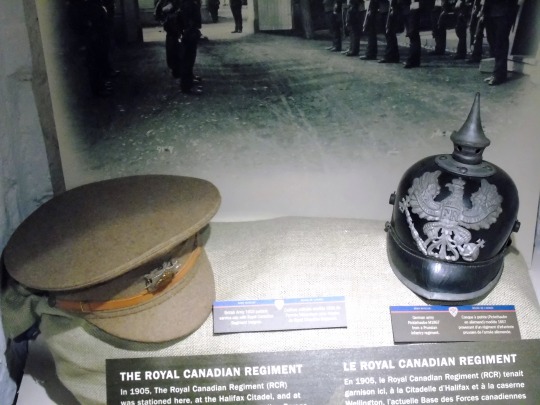
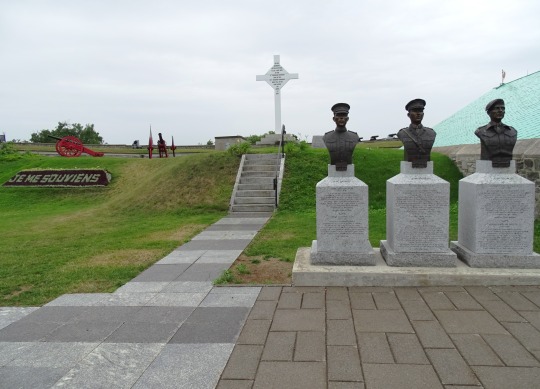
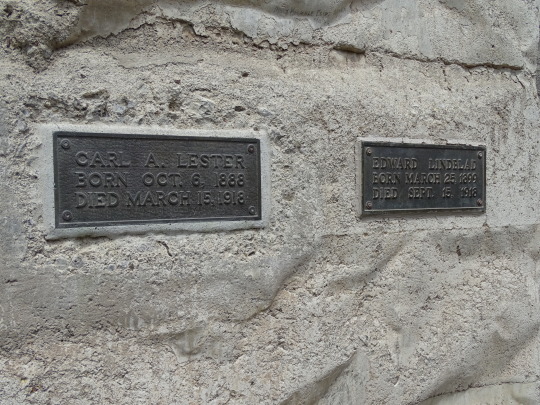
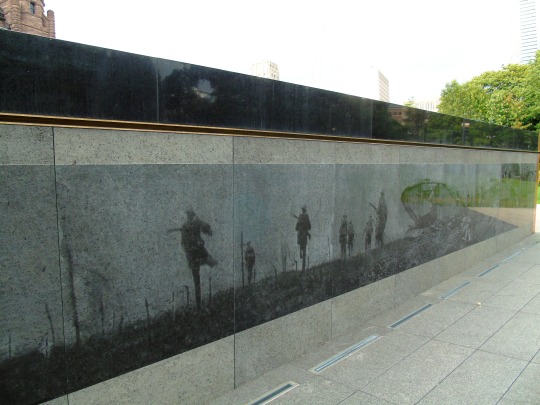
World War I: Germany signed an armistice agreement with the Allies in a railroad car in the forest of Compiègne on November 11, 1918.
#Maryhill Stonehenge#Omri Amrany#World War 1 Monument#Community Veterans Memorial#travel#Munster#Indiana#Allan Harding MacKay#Toronto#Canada#Ontario#USA#11 November 1918#105th anniversary#history#WWI#World War One#vacation#Ontario Veterans Memorial#Trois-Rivières#Québec#sculpture#cityscape#Monument to the Brave by Cœur-de-Lion McCarthy#Vimy Ridge Cross#Québec Citadelle#Halifax Citadel National Historic Site of Canada#Ottawa#National War Memorial by Vernon March#original photography
1 note
·
View note
Text




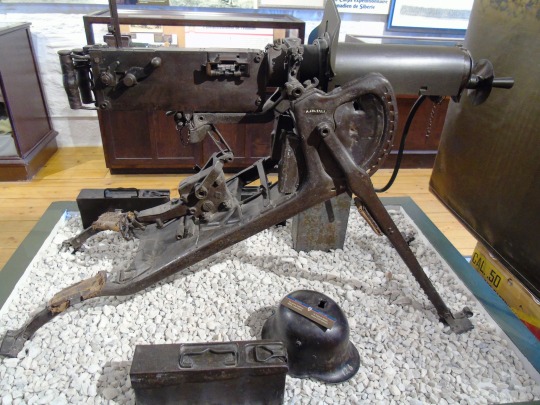









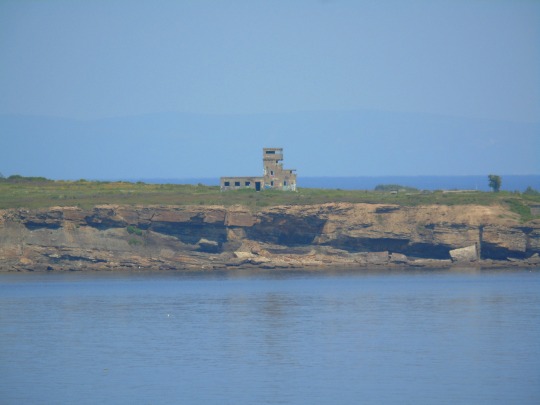
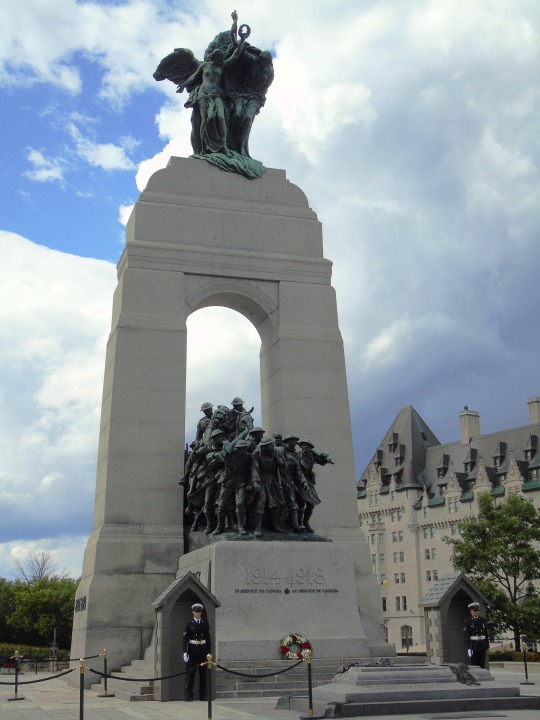


On November 10, 1918, the Western Union Cable Office in North Sydney, Nova Scotia, received a top-secret coded message from Europe (that would be sent to Ottawa and Washington, D.C.) that said on November 11, 1918, all fighting would cease on land, sea and in the air.
#World War 1 Monument#Community Veterans Memorial#Munster#Indiana#Monument to the Brave by Cœur-de-Lion McCarthy#Trois-Rivières#Québec#Québec Citadelle#10 November 1918#Western Union Cable Office#North Sydney#Nova Scotia#coded message#Allan Harding MacKay#Toronto#Ontario Veterans Memorial#National War Memorial by Vernon March#Ottawa#small town#architecture#105th anniversary#history#WWI#World War One#World War I
0 notes
Photo







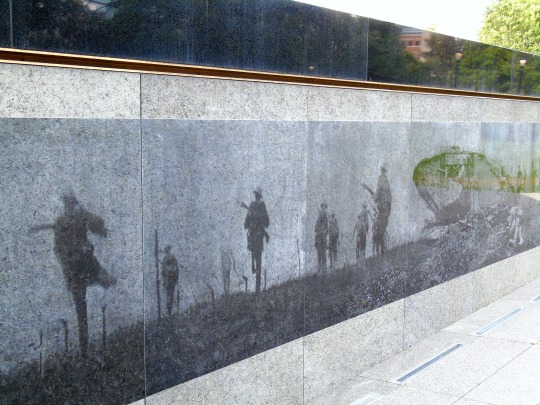

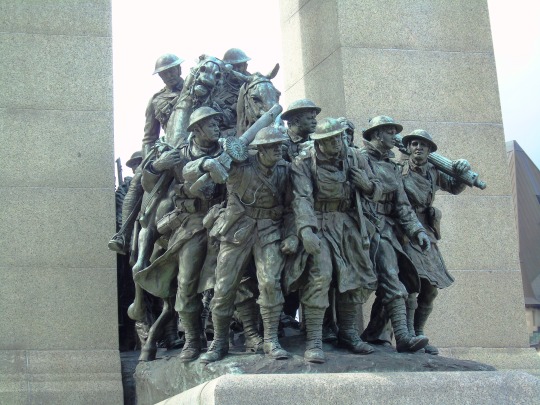
On November 10, 1918, the Western Union Cable Office in North Sydney, Nova Scotia, received a top-secret coded message from Europe (that would be sent to Ottawa and Washington, D.C.) that said on November 11, 1918, all fighting would cease on land, sea and in the air.
#World War 1 Monument#Community Veterans Memorial#Munster#Indiana#Monument to the Brave by Cœur-de-Lion McCarthy#Trois-Rivières#Québec#Québec Citadelle#10 November 1918#Western Union Cable Office#North Sydney#Nova Scotia#coded message#Allan Harding MacKay#Toronto#Ontario Veterans Memorial#National War Memorial by Vernon March#Ottawa#small town#architecture#anniversary#history#WWI#World War One#World War I
1 note
·
View note
Photo








World War I: Tanks were used for the first time in battle, at the Battle of the Somme, on September 15, 1916.
#Allan Harding MacKay#Ontario Veterans Memorial#Toronto#Ontario#travel#Quebec City#Québec Citadelle#Québec#World War I#WWI#vacation#World War One#tanks#Battle of the Somme#15 September 1916#anniversary#history#Canada#summer 2018#2015#original photography#tourist attraction#landmark#engineering#architecture#cityscape
5 notes
·
View notes
Photo










Remembrance Day
Remembrance Day (sometimes known informally as Poppy Day) is a memorial day observed in Commonwealth of Nations member states since the end of the First World War to remember the members of their armed forces who have died in the line of duty. Following a tradition inaugurated by King George V in 1919, the day is also marked by war remembrances in many non-Commonwealth countries. Remembrance Day is observed on 11 November in most countries to recall the end of hostilities of World War I on that date in 1918. Hostilities formally ended “at the 11th hour of the 11th day of the 11th month”, in accordance with the armistice signed by representatives of Germany and the Entente between 5:12 and 5:20 that morning. (“At the 11th hour” refers to the passing of the 11th hour, or 11:00 am.) The First World War officially ended with the signing of the Treaty of Versailles on 28 June 1919.
The memorial evolved out of Armistice Day, which continues to be marked on the same date. The initial Armistice Day was observed at Buckingham Palace, commencing with King George V hosting a “Banquet in Honour of the President of the French Republic” during the evening hours of 10 November 1919. The first official Armistice Day was subsequently held on the grounds of Buckingham Palace the following morning.
The red remembrance poppy has become a familiar emblem of Remembrance Day due to the poem “In Flanders Fields” written by Canadian physician Lieutenant-Colonel John McCrae. After reading the poem, Moina Michael, a professor at the University of Georgia, wrote the poem, “We Shall Keep the Faith,” and swore to wear a red poppy on the anniversary. The custom spread to Europe and the countries of the British Empire and Commonwealth within three years. Madame Anne E. Guerin tirelessly promoted the practice in Europe and the British Empire. In the UK Major George Howson fostered the cause with the support of General Haig. Poppies were worn for the first time at the 1921 anniversary ceremony. At first real poppies were worn. These poppies bloomed across some of the worst battlefields of Flanders in World War I; their brilliant red colour became a symbol for the blood spilled in the war.
Source
#Sequim#Purple Haze Organic Lavender Farm#Poppy#USA#Sweden#Remembrance Day#Poppy Day#11 November#Community Veterans Memorial#Munster#In Flanders Fields by Lieutenant-Colonel John McCrae#Toronto#Allan Harding MacKay#Ontario Veterans Memorial#Ottawa#Vernon March#Canadian National War Memorial#Trois-Rivières#Québec#Ontario#Canada#Monument to the Brave by Cœur-de-Lion McCarthy#holiday#World War One#WWI
14 notes
·
View notes
Photo





Canadian physician Cluny MacPherson first presented his gas mask invention to the British War Office on May 10, 1915.
#Allan Harding MacKay#Ontario Veterans Memorial#Toronto#Canada#travel#vacation#original photography#summer 2015#2018#2009#WWI#WW One#World War One#World War I#Cluny MacPherson#presented#gas mask#10 May 1915#anniversary#Canadian history#tourist attraction#landmark#Quebec CIty#Québec Citadelle#Québec#Trois-Rivières#Monument to the Brave by Cœur-de-Lion McCarthy
2 notes
·
View notes